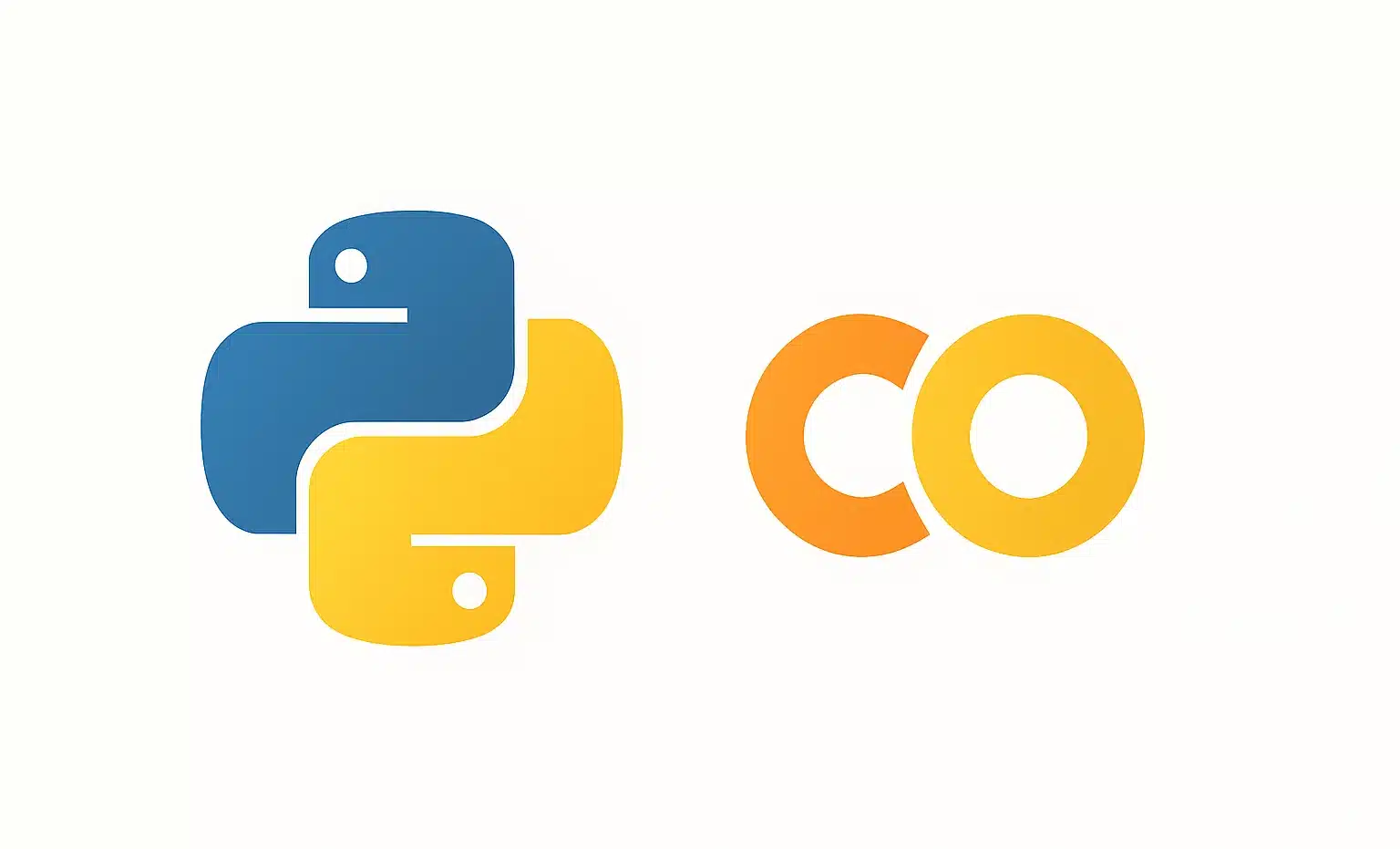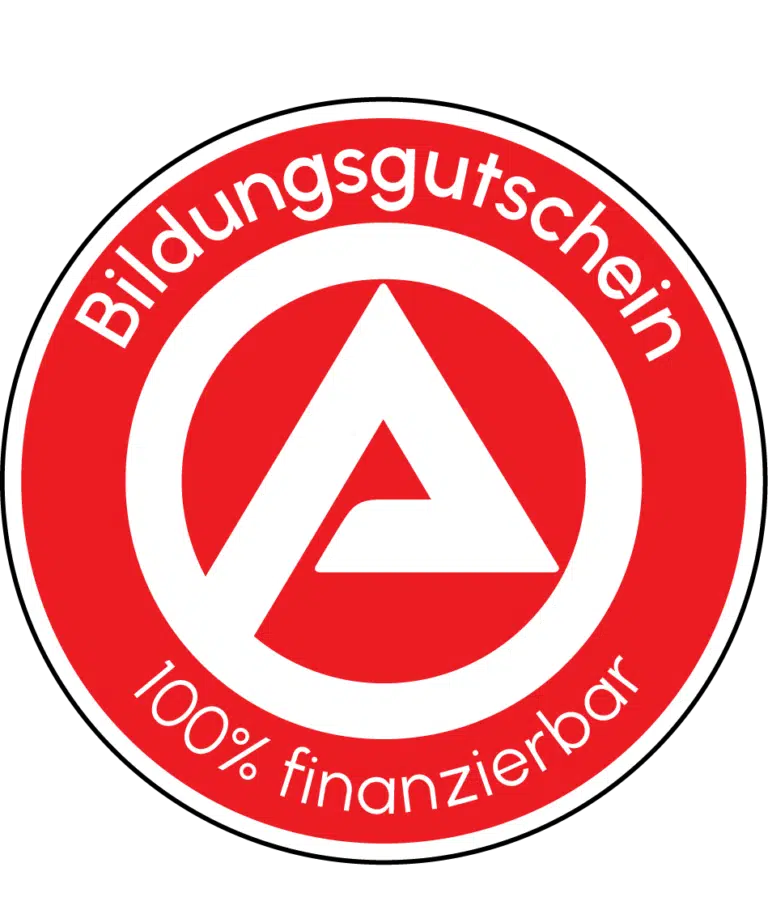The Customer Effort Score (CES) has emerged as a crucial metric for assessing the quality of the customer experience. This measurement tool empowers companies to pinpoint friction points in the customer journey and refine their services.
What is the Customer Effort Score?
The Customer Effort Score (CES) gauges the effort a customer must put forth to complete a specific task with your company. This can include resolving an issue, obtaining information, making a purchase, or any significant interaction.
The principle is straightforward: the simpler it is for a customer to achieve their goal, the more satisfied and loyal they become. Conversely, a complex or frustrating experience can lead them to abandon the process or switch to a competitor.
This metric, introduced by the Gartner Group in 2010, has swiftly become a standard for evaluating customer experience. Unlike other indicators such as the Net Promoter Score (NPS), which concentrates on loyalty or recommendation, the CES is centered on minimizing friction points in the customer journey. It is often integrated within the AARRR model (Acquisition, Activation, Retention, Referral, Revenue), providing deeper insights into the critical steps where customers might face obstacles.
Enhancing this score directly aids in boosting customer satisfaction and loyalty while improving the overall efficiency of support and service processes.
Why is the CES important?
Research indicates that 96% of customers who endure an experience requiring substantial effort are less loyal to the brand. Conversely, simplifying interactions substantially enhances satisfaction and loyalty. Thus, the CES enables:
- Recognition of obstacles in the customer journey
- Reduction in churn rate
- Enhancement of retention
- Optimization of internal processes
- Augmentation of the company’s competitiveness
- Decrease in operational costs and implementation of lean management methods
What is the difference between the CES and other metrics?
Criterion | CES (Customer Effort Score) | NPS (Net Promoter Score) | CSAT (Customer Satisfaction) |
Objective | Measure the customer’s effort. | Measure loyalty and recommendation. | Measure immediate satisfaction. |
Focus | Ease of completing an action. | Likelihood of recommendation. | Overall feeling post-interaction. |
Question type | “Did you find it easy?” | “Would you recommend our service?” | “Are you satisfied with this service?” |
Utilization | Spot friction points. | Assess overall perception. | Measure specific satisfaction. |
Complementarity | Improvement of specific processes. | Strategic perspective on loyalty. | Prompt follow-up of the customer experience. |

How to measure the Customer Effort Score?
The CES measurement is typically carried out via a simple survey, dispatched after an interaction with customer service or the CRM system. The usual question posed is: “On a scale of 1 to 7, how much effort did you have to exert to resolve your issue?”
The scale may vary depending on the company:
- Scale from 1 to 5
- Scale from 1 to 7
- Binary scale (Yes/No)
Score Calculation
Calculating the CES can be achieved through several methods:
- Simple average or weighted average of the responses
- Percentage of positive responses
- Weighted score based on the significance of interactions
Key Moments to Measure the CES
To collect pertinent data, measure the CES following:
- An interaction with customer service
- An online purchase
- The use of a new feature
- Issue resolution
- An account modification
- A complaint
- An information request
How to improve the CES?
1. Optimize Communication Channels
Provide multiple contact channels (phone, email, chat) and ensure they are all efficient. Availability and responsiveness are critical to diminishing the customer effort. Invest in advanced automation tools like chatbots to offer 24/7 assistance.
2. Train the Teams
Your team should be prepared to:
- Resolve issues promptly
- Communicate clearly
- Anticipate customer needs
- Avoid multiple transfers
- Utilize the tools at their disposal effectively
- Embrace a proactive approach
3. Simplify Processes
Examine each phase of the customer journey to:
- Remove unnecessary steps
- Automate certain tasks
- Clarify information
- Ease access to solutions
- Decrease waiting times
- Enhance the user interface

Impact of the CES on Company Performance:
- Conversion rate
- Customer loyalty
- Positive word of mouth
- Reduction in service costs
- Employee satisfaction
- The company’s competitiveness
The Best Tools to Improve CES:
Several technological solutions can aid in optimizing the CES:
- Customer Relationship Management (CRM) platforms like Salesforce
- Customer journey analysis tools (e.g., Google Analytics)
- Marketing automation solutions such as Brevo
- Real-time feedback systems
- Artificial intelligence for customer service
- Predictive analytics
Conclusion
The Customer Effort Score is a vital metric for enhancing customer experience. By consistently measuring and optimizing this metric, companies can significantly improve customer satisfaction and loyalty rates. The key to success lies in simplicity: the easier you make it for your customers, the more likely they are to stay loyal to your brand. In an increasingly competitive market, minimizing customer effort becomes a significant competitive edge.










